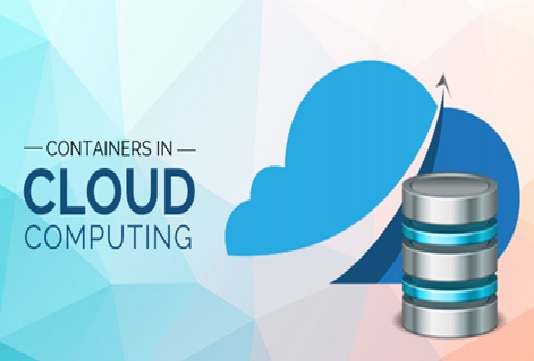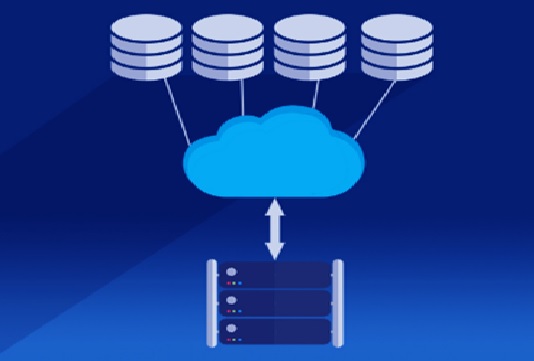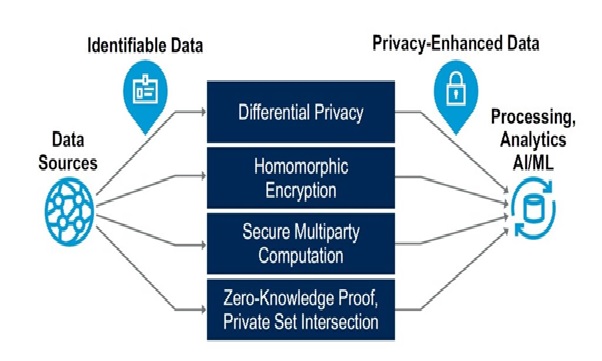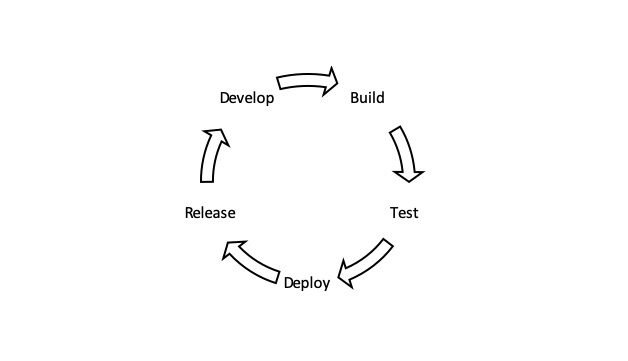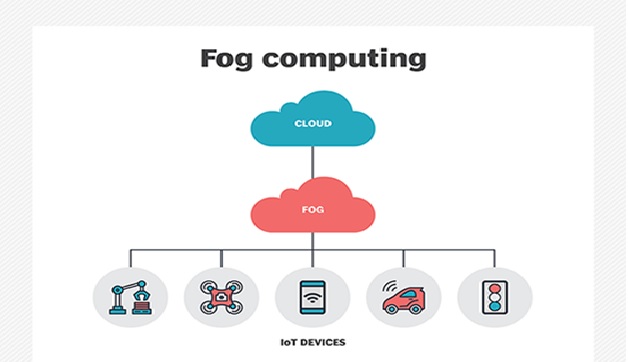Sandboxing in Cloud Computing
In the world of cybersecurity, a sandbox environment is an isolated virtual machine in which potentially unsafe software code can execute without affecting network resources or local applications.
Cybersecurity researchers use sandboxes to run suspicious code from unknown attachments and URLs and observe its behavior. Telltale signs include whether the code replicates itself, tries to contact a command-and-control server, downloads additional software, encrypts sensitive data, and so on. Because the sandbox is an emulated environment with no access to the network, data or other applications, security teams can safely “detonate” the code to determine how it works and whether it is malicious. [3]

Figure 1. Sandboxing in Cloud Computing
Figure 1 shows Figure 1 shows Sandbox testing proactively detects malware by executing, or detonating, code in a safe and isolated environment to observe that code’s behavior and output activity. Traditional security measures are reactive and based on signature detection—which works by looking for patterns identified in known instances of malware. Because that detects only previously identified threats, sandboxes add another important layer of security. Moreover, even if an initial security defense utilize artificial intelligence or machine learning (signature less detection), these defenses are only as good as the models powering these solutions – there is still a need to complement these solution with an advanced malware detection. [1]
The Benefits of Sandboxing
Using a sandbox has a number of advantages:
- Does not risk your host devices or operating systems. The main advantage of sandboxing is that it prevents your host devices and operating systems from being exposed to potential threats.
- Evaluate potentially malicious software for threats. If you’re working with new vendors or untrusted software sources, you can test new software for threats before implementing it.
- Test software changes before they go live. If you’re developing new code, you can use sandboxing to evaluate it for potential vulnerabilities before it goes live.
- Quarantine zero-day threats. With sandboxing, you can quarantine and eliminate zero-day threats.
- Complement other security strategies. Sandboxing functions as a complementary strategy to your other security products and policies, providing you with even more protection. [2]
References:
- https://www.forcepoint.com/cyber-edu/sandbox-security
- https://www.checkpoint.com/cyber-hub/threat-prevention/what-is-sandboxing/
- https://www.proofpoint.com/us/threat-reference/sandbox
Cite this article:
Thanusri Swetha J (2021), Sandboxing in Cloud Computing, AnaTechMaz, pp. 45




